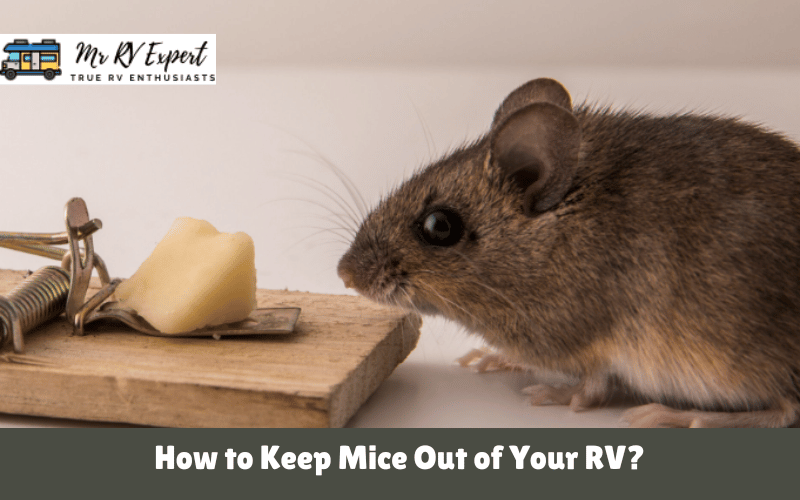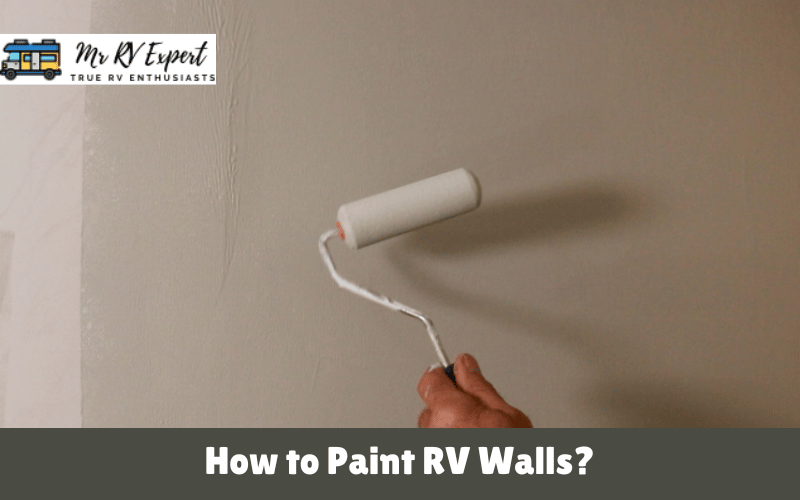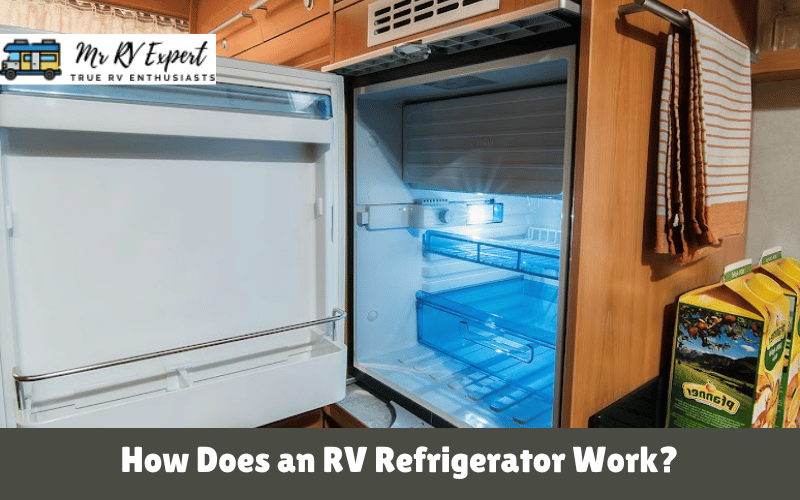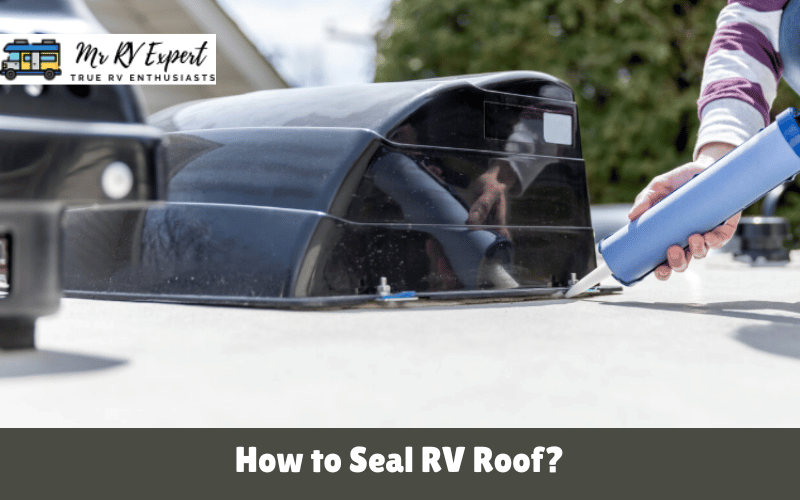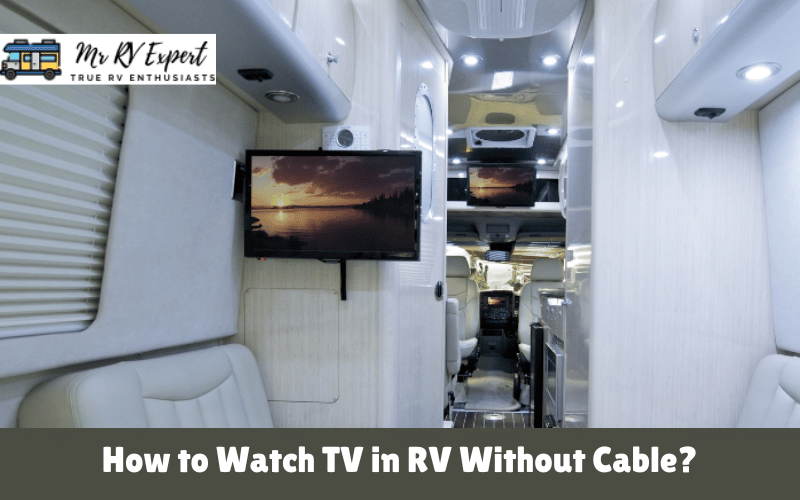Mice infestations can be a serious issue for RV owners, causing health hazards, damage to your RV, and unpleasant odours and messes. Keeping mice out of your RV is crucial to maintaining a healthy and comfortable living environment. In this article, we will discuss the risks of mice in your RV, how to identify signs of infestation, methods for preventing infestations, and safe and humane removal techniques.
Table of Contents
Understanding the Risks of Mice in Your RV
Health Hazards
Having mice in your RV can pose serious health hazards for you and your family. These rodents can carry diseases such as hantavirus, salmonella, and pneumonia. Hantavirus is a rare but deadly disease that is spread through contact with rodent urine, droppings, or saliva. Symptoms include fever, muscle aches, and difficulty breathing. Salmonella is a bacterial infection that can cause diarrhea, fever, and abdominal cramps. Pneumonia is an infection of the lungs that can cause coughing, fever, and difficulty breathing.
Protecting your RV from mice is essential to prevent these health hazards. You can do this by sealing all entry points, such as gaps around pipes and vents, and using mouse traps or repellents.
Damage to Your RV
Mice can cause significant damage to your RV, which can be costly to repair and may jeopardize your safety while traveling. They can chew through wiring, insulation, and fabrics, which can cause electrical problems and fire hazards. In addition, mice can damage the structure of your RV by gnawing on wood, plastic, and metal surfaces.
Keeping mice out of your RV is the best way to prevent these damages from occurring. You can do this by immediately storing all food in airtight containers, cleaning up spills and crumbs, and using mouse traps or repellents.
Unpleasant Odors and Messes
Mice are notorious for leaving behind unpleasant odors and messes. Their urine and droppings can create a foul smell that is difficult to eliminate. In addition, nesting materials, food crumbs, and other debris left behind by mice can make your RV dirty and unsanitary.
To prevent unpleasant odors and messes, you should clean your RV thoroughly and regularly. This includes vacuuming, dusting, and wiping down surfaces with disinfectant. You should also dispose of all mouse droppings and nesting materials in a sealed bag and wash your hands afterwards.
Identifying Signs of Mice Infestation
Mice infestations are a common problem that many RV owners face. These tiny rodents can cause significant damage to your vehicle if left unchecked. Identifying the signs of a mouse infestation is crucial to preventing further damage and keeping your RV safe.
Droppings and Urine
One of the most common signs of a mouse infestation is the presence of droppings and urine in the affected area. Mice droppings are small and dark and may be found in areas such as cupboards, drawers, and under sinks. Their urine has a distinct smell that can be quite pungent and challenging to get rid of.
It is essential to clean up droppings and urine as soon as possible to prevent the spread of disease and discourage mice from returning to the area.
Gnaw Marks and Damage
Gnaw marks and damage are a clear indication of a mouse infestation. Mice are notorious for chewing through wires, insulation, and fabrics. These damages can be costly to repair and disruptive to your travel plans.
If you notice any gnaw marks or damage to your RV, it is essential to act quickly to prevent further damage. You can use steel wool or wire mesh to block entry points and discourage mice from entering your RV.
Nesting Materials
Mice use various materials to build their nests, including shredded paper, fabric, and insulation. These materials can be found in cupboards, drawers, and under sinks. If you notice any unusual materials in these areas, it could be a sign of a mouse infestation.
Removing any nesting materials as soon as possible is essential to prevent mice from returning to the area.
Unusual Sounds
Mice are nocturnal creatures and are most active at night. If you hear scratching or scampering noises coming from your RV at night, it could be a sign of a mouse infestation.
Act quickly to prevent the mice from causing further damage to your RV is essential. You can set traps or use natural deterrents such as peppermint oil to keep mice away from your RV.
Overall, taking steps to prevent a mouse infestation in your RV is crucial. Regular cleaning, sealing entry points, and natural deterrents can help keep your RV safe and free from mice.
Preventing Mice Infestations
Mice infestations can be a real problem for RV owners. These pesky rodents can cause damage to your RV and pose a health risk to you and your family. Fortunately, you can take steps to prevent mice infestations in your RV.
Proper Food Storage
As mentioned, mice are attracted to food sources, and ensuring proper food storage is an important step in preventing infestations. In addition to using sealed containers, air-tight bags, and secure packaging, keeping your food stored in high places, such as on shelves or in cabinets, is also a good idea. This can make it more difficult for mice to access your food.
Sealing Entry Points
Another important step in preventing mice infestations is to seal off any potential entry points. Mice can enter your RV through even the smallest openings, so it’s important to pay close attention to areas around vents, pipes, and doors. Sealing gaps and cracks with caulking or mesh wire can help to keep them out of your RV.
Regular RV Maintenance and Cleaning
Mice prefer dirty and cluttered environments, so keeping your RV clean and tidy can help prevent infestations and eliminate potential food sources. In addition to regular cleaning, it’s also important to perform regular maintenance on your RV. This can include checking for any potential entry points, sealing them off, and checking for any signs of mice activity.
Using Natural Repellents
Numerous natural repellents can help to keep mice away from your RV. In addition to peppermint oil, which has a strong scent that mice find unpleasant, you can also try using essential oils such as lavender or citronella. Placing cotton balls soaked in these oils in areas of your RV vulnerable to mice infestations can help to deter them from entering.
By taking these steps, you can help to prevent mice infestations in your RV and keep your family safe and healthy.
Trapping and Removing Mice
Mice are a common problem for RV owners, especially during the colder months. They can cause damage to your vehicle and carry diseases that can be harmful to humans and pets. Trapping and removing mice is an effective way to prevent infestations and protect your RV.
Types of Mouse Traps
Several types of mouse traps are available, each with advantages and disadvantages. Snap traps are the most traditional type of mouse trap, consisting of a spring-loaded bar that snaps shut when the mouse triggers. Glue traps use a sticky adhesive to trap the mouse, making it unable to move. Humane traps are designed to capture the mouse without harming it, allowing safe release into the wild.
While snap traps and glue traps are effective, they are also considered inhumane by some people. Snap traps can cause instant death, while glue traps lead to a slow and painful death. Humane traps, however, allow for the safe capture and release of the mouse.
Baiting and Placement Tips
Choosing the right bait and placement of the trap is essential for effective trapping. Peanut butter, chocolate, and cheese are popular baits for mice. However, mice can also be attracted to other food sources, such as grains, nuts, and dried fruit.
It is essential to place the trap in areas where mice are most active, such as near entry points or nesting materials. Mice are nocturnal creatures, so traps should be set at night and checked in the morning. If a trap has not been triggered, it may need to be moved to a different location.
Safe and Humane Removal Methods
Removing trapped mice is essential to do so safely and humanely. Use gloves and wash your hands thoroughly after handling traps to avoid spreading disease. If you use snap or glue traps, dispose of the mouse’s body in a sealed bag and place it in the trash.
When releasing trapped mice, do so in a safe area far from your RV to prevent the mice from returning. It is best to release them in a wooded area or park, where they can find shelter and food. Avoid releasing them near other homes or buildings, which can lead to further infestations.
Prevention is key when it comes to mice in your RV. Seal any cracks or holes in your vehicle, store food in airtight containers, and keep your RV clean and clutter-free. By taking these steps and using effective trapping methods, you can keep mice at bay and enjoy your RV without unwanted guests.
Conclusion: How to Keep Mice Out of Your RV?
Preventing mice infestations in your RV is essential for maintaining your and your family’s health, safety, and comfort. Understanding the risks of mice infestations, identifying signs of infestation, preventing infestations, and using safe and humane trapping and removal methods are necessary to keep mice out of your RV. Following these methods and tips, you can safeguard your RV against mice infestations and enjoy your travels with peace of mind.

